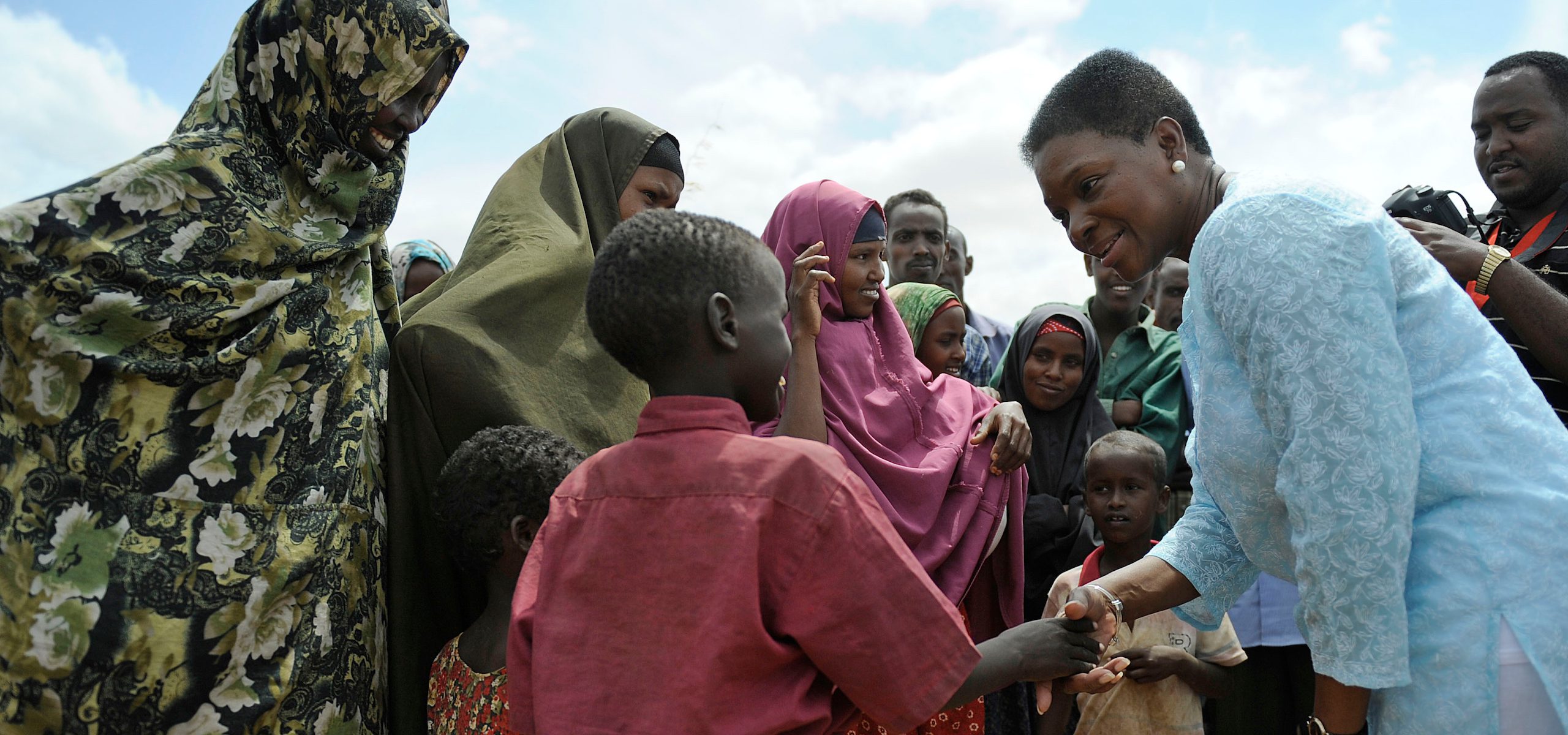Resource Mobilization
Mobilizing resources for disaster management

Mobilizing resources for disaster management
The toolkit provides advice on developing and refining budgets to ensure that environmental compliance requirements are identified early in project design and incorporated throughout the project cycle. The toolkit guides users in identifying resources required, integrating environmental planning with project budgets, and ensuring transparency of budgets.
A flash appeal includes a concise, top-line analysis of the scope and severity of the humanitarian crisis and sets out priority actions and preliminary requirements for the response.
A humanitarian response plan communicates the strategy to respond to the assessed needs and serves as the basis for implementing and monitoring the collective response.
The Terms of Reference for Environmental Field Advisors describe the main tasks of a deployed Environmental Field Advisor.
This paper explores the increase in resources and funding needed to improve the access of displaced people to modern and sustainable energy services.
An Norwegian Refugee Council evaluation report on the ecological impacts of refugee programs and actions taken to mitigate such impacts.
Environmental Field Advisors (EFA) are technical experts, with varying environmental backgrounds, which may be deployed to assist project implementers with the integration of environmental considerations.
Key environmental considerations in UNHCR's operations…
A situation analysis following a crisis typically looks at key crisis drivers, affected areas, the number and type of affected people, the ways in which people are affected, the most urgent needs and available capacities.
Assessing the environmental consequences of an emergency and prioritizing the response actions based on the needs, forms the foundation of a coherent, efficient and sustainable humanitarian response.
Environment is included into response plans in order to improve programme quality and accountability to disaster-affected people.
Successful integration of environment into the implementation of humanitarian response requires that environment be included into preparedness and planning phases, but also effective coordination with national actors.
Response monitoring is about creating evidence for humanitarian actors about what actions should be taken to address shortcomings and fill gaps in in the response, with the aim of improving accountability towards affected populations, local government, donors and the general public.




